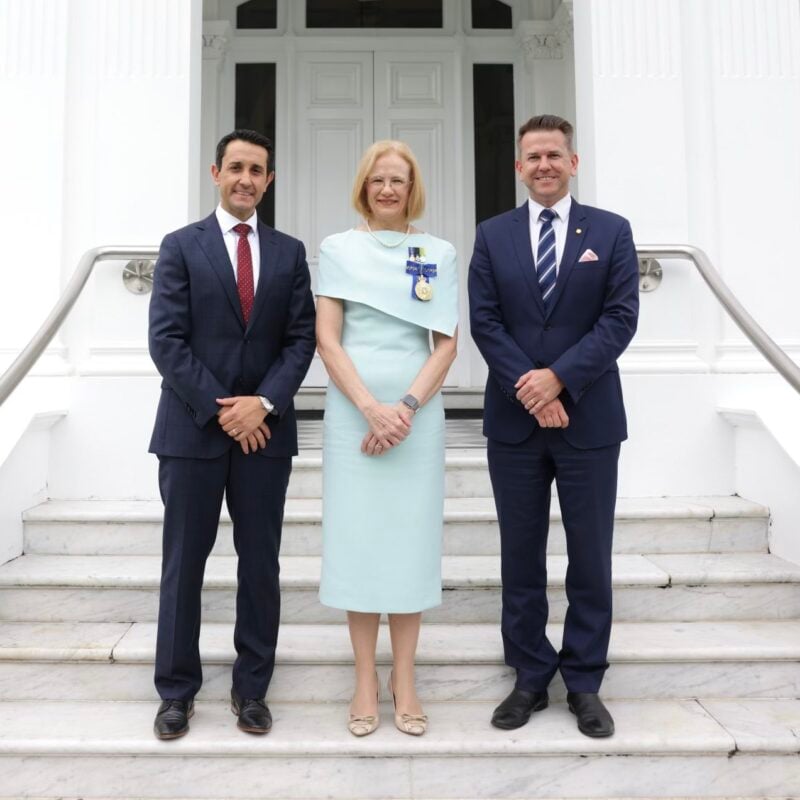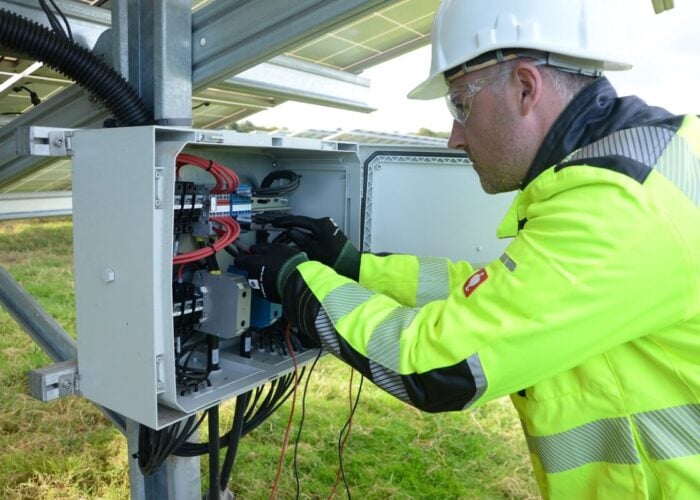
The Queensland, Australia, state election result has seen David Crisafulli’s right-wing Liberal National Party (LNP) of Queensland elected to lead the government, raising questions about legislated renewable energy targets, coal-fired power, and nuclear energy.
The LNP replaces the Labor Party, which was the governing body for the last nine years in Queensland. It was led by Steven Miles, a regular advocate for renewable energy developments, whose government had installed several schemes to support solar PV, including the recent solar module recycling programme and the AU$5 billion (US$3.3 billion) ‘CopperString’ initiative, which aimed to boost transmission capacity.
Try Premium for just $1
- Full premium access for the first month at only $1
- Converts to an annual rate after 30 days unless cancelled
- Cancel anytime during the trial period
Premium Benefits
- Expert industry analysis and interviews
- Digital access to PV Tech Power journal
- Exclusive event discounts
Or get the full Premium subscription right away
Or continue reading this article for free
Perhaps one of the most significant developments introduced by the Labor government was the legislated renewable energy targets that required 50% of Queensland’s electricity generation to be sourced from renewable energy by 2030, 70% by 2032 and 80% by 2035.
However, question marks have been raised about David Crisafulli’s new government’s continued use of these targets. Although the LNP has announced no changes at the time of reporting, The Guardian reported earlier this month that Crisafulli had said that the renewable energy targets “were not possible” but remains committed to the net zero by 2050 target.
The fear of dropping these renewable energy targets has prompted voices across Australia’s energy industry. Most of these call on the new Queensland government to maintain the critical targets for the state’s future not to impact investor confidence in the energy transition.
Queensland must maintain legislated renewable energy targets to continue growth
Trade association the Clean Energy Council’s Tracey Stinson, regional director of policy and impact – Queensland, stated that the new government must “capitalise on the extraordinary opportunities of increased jobs, investment and development that the transition to clean energy presents” for the state.
“The Sunshine State has been leading the world with the uptake of rooftop solar and is currently seeing a huge rollout of large-scale wind, solar and big battery projects across the state,” Stinson said.
“These projects and many more in the pipeline are key to replacing coal generation as it closes, creating thousands of jobs across rural Queensland and ensuring lower power bills.”
Readers of PV Tech will likely be aware that the Sunshine State, as Queensland is sometimes known, is one of the major markets for rooftop and utility-scale solar PV deployment.
A recent The Race to the Top report by the not-for-profit organisation the Climate Council found that Queensland has around 50.2% of its homes with solar PV installed, higher than any other region in Australia.
Stinson believes that supportive policy levers and maintaining the state’s legislated renewable energy targets will be critical to Australia’s continued leadership in the solar PV market.
“Ensuring this continues requires a stable and clear vision and policy from the state government that gives investors the confidence to build on the strong momentum for renewable energy,” Stinson added.
Environmental protection organisation WWF Australia’s CEO Dermot O’Gorman held “positive” talks with David Crisafulli and his team.
“We praised Mr Crisafulli when the LNP voted for an emissions reduction target of 75% by 2035. WWF is calling for the LNP to stay the course and honour that commitment. That should be backed up by a clear and credible plan, released in the first 100 days, to achieve Queensland’s strong renewable energy targets,” O’Gorman said.
“Legislated renewable energy targets should be retained as a signal to investors that the new government is serious about unlocking clean economy opportunities.”






